#wetland amphibians
Text

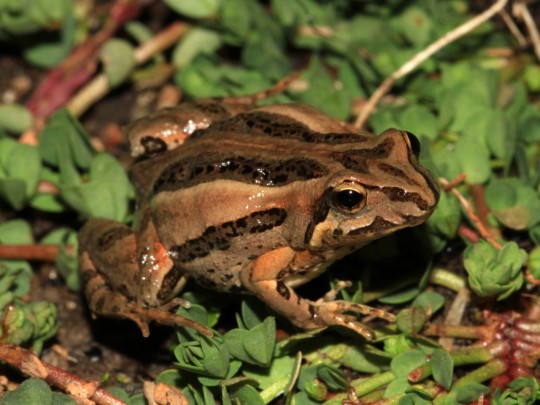
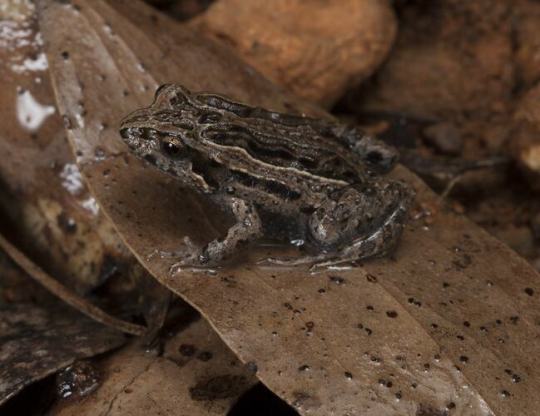

Commune with the Common Eastern Froglet
The common eastern froglet (Crinia signifera) is, as its name suggest, a widely encountered species of frog in eastern Australia, as well as the island of Tasmania. This species can be found in many habitats, including deciduous eucalyptus forests, wetlands, and agricultural and urban ponds and dams. During the dry season, froglets will also shelter under logs or leaf litter to prevent desiccation.
C. signifera is one of the smallest species of frog, reaching only 3 cm (1.2 in) in length. Most individuals are brown, but specific markings can vary widely from region to region; some have dark stripes while others take on a more mottled appearance, though generally the belly is lighter than the back and head. Because this species is largely terrestrial, they lack webbing on their toes.
Like most frogs, the common eastern froglet consumes primarily insects, especially mosqitoes, cockroaches, flies, and small spiders. In turn, the species is food for a wide variety of predators including larger frogs, fish, birds, and small rodents. Because C. signifera is active all year round, its distinctive cricket-like "Crick crick" call can be heard in every season, typically as males attempt to attract a mate, though their coloration and small size makes them difficult to find.
Under ideal conditions, C. signifera mates througout the year. Once a male has attracted a female, typically by being the loudest male in an area, he will climb on top of an inseminate her in a common position known as amplexus. Afterwards, the female will lay upwards of 200 eggs attatched to a leaf or stick at the water's surface level. Though these eggs are a popular snack for predators, it only takes about 10 days for them to hatch; afterwards, hundreds of tadpoles will occupy the water for anywhere from 6 weeks to 3 months. Fully mature adults leave the water to find food and mates, but will often stay close to their original breeding ground.
Conservation status: The IUCN considers the common eastern froglet to be of Least Concern. Though the species is threatened by habitat loss, it is remarkably resilient to the chytrid fungus which has devestated so many other Anuran species.
If you like what I do, consider leaving a tip or buying me a ko-fi!
Photos
Stephen Mahony
Matt Clancy
David Paul
George Vaugan
#common eastern froglet#Anura#Myobatrachidae#froglets#Australian ground frogs#frogs#amphibians#deciduous forests#deciduous forest amphibians#wetlands#wetland amphibians#urban fauna#urban amphibians#oceania#australia#east australia#biology#zoology#animal facts
105 notes
·
View notes
Photo
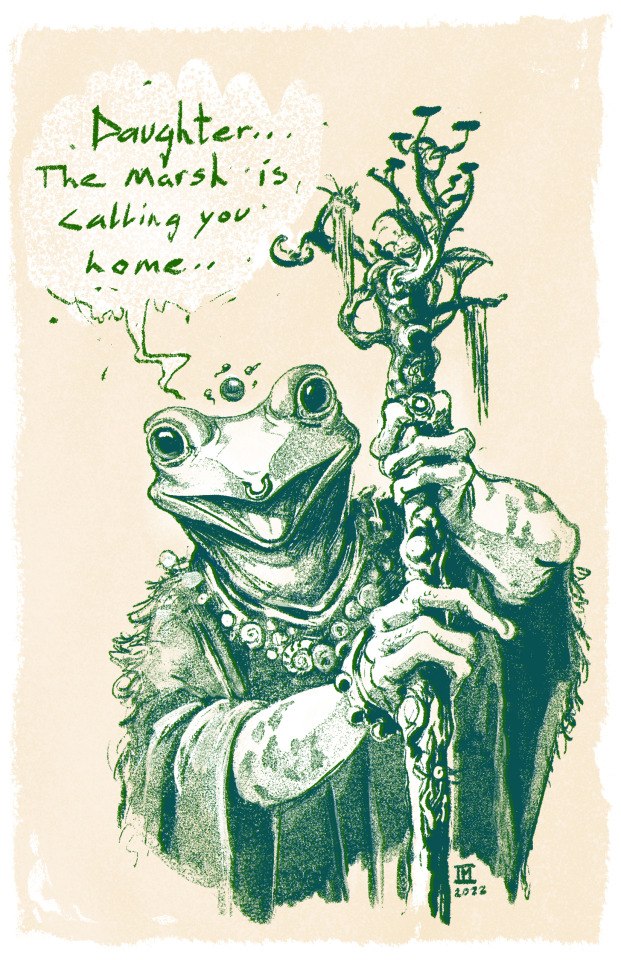
Farewell gift for a friend moving back home to VA.
1K notes
·
View notes
Photo
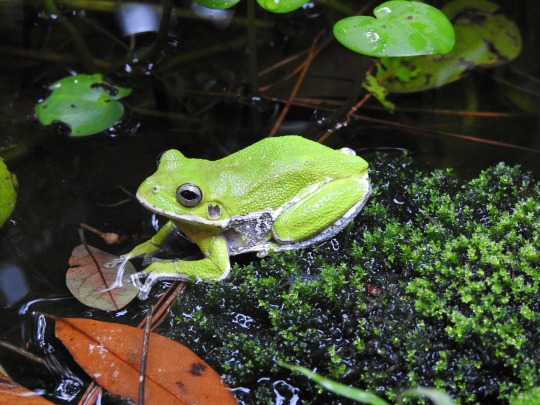
A Barking Tree Frog (Dryophytes gratiosus)sits in a wetland in northern Florida, USA.
photograph by Dick Bartlett (used w/ permission)
383 notes
·
View notes
Text
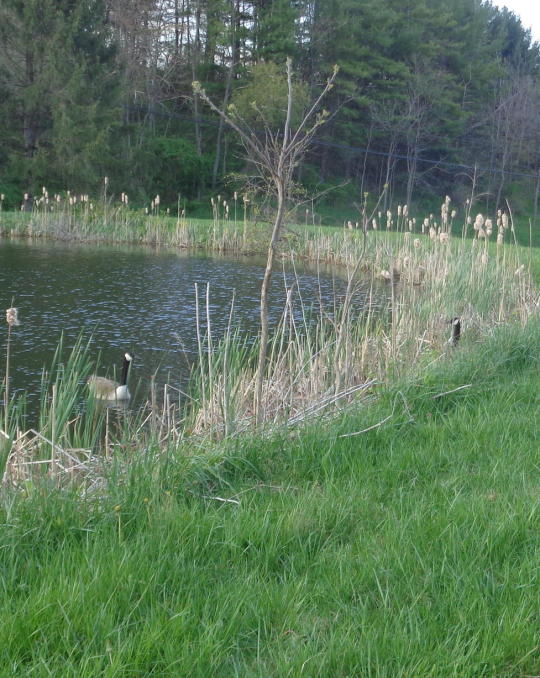
The pond dinosaurs are nesting. We never, and I mean never, had geese nest here until last year. The eggs are so large!
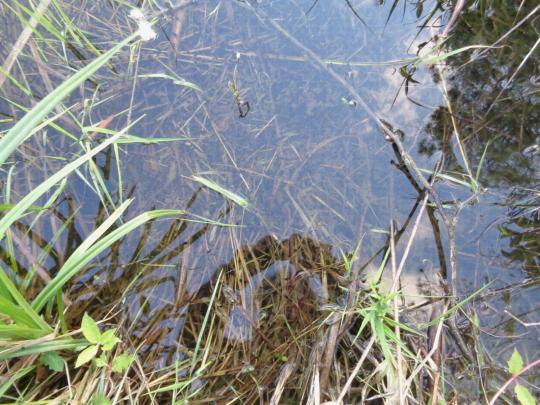
Also, the thousands of mating frogs and toads have given way to uncountable numbers of tadpoles.

Just - so MANY little guys!
16 notes
·
View notes
Text
Hey, guess what? There's this really cool type of wetland. Like, really cool. It's called a vernal pool. You know what makes them different from other wetlands? They'll DRY UP during the summer and fill up again with snow melt and spring rains. A lot of really cool species of animals, like frogs, salamanders, and shrimp, need this type of wetland to survive and reproduce as they need waters that don't have fish in them. We call them obligate species. You know what vernal pools don't have? Fish. You know why? Because they dry up! Ain't that cool?
But you wanna know the sad thing about vernal pools? Some of them are big, but most of them are really small. Some of them can be so small that you can't even tell if they're a vernal pool or just a really big puddle. So they end up getting destroyed really easily. You know why else they get destroyed easily? Even if they are big, if they're not in a database as a vernal pool and they're all dried up, it's really hard to tell that there's a vernal pool right there. California's already lost 90% of it's vernal pools. Not sure about New England and the Midwest, but those three areas are the only places you'll find them in the US. At least in large quantities.
Did you know those obligate species, the amphibians, anyway, have to return to their original pool to reproduce? A lot of them will hazard any trouble just to get back, including roads. Did you know that the destruction of vernal pools not only destroys the pool but also the biodiversity and food source of the surrounding terrestrial habitat?
Just some cool things to think about! If you know of a vernal pool in your area, maybe try and make sure it has its proper protections? Your state's DEP should have a list, hopefully. Your local biodiversity and amphibian friends will thank you!
11 notes
·
View notes
Text
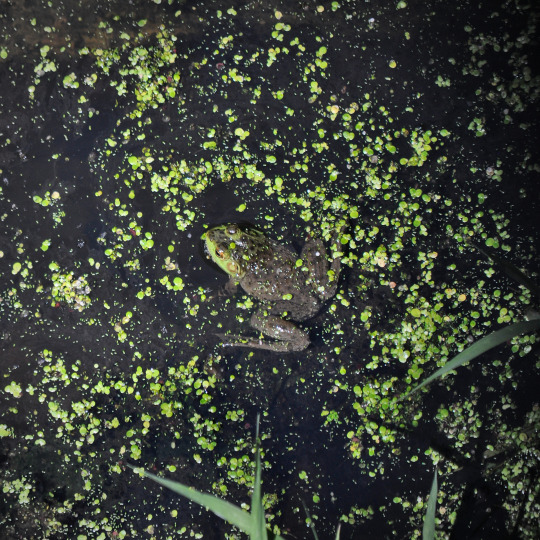
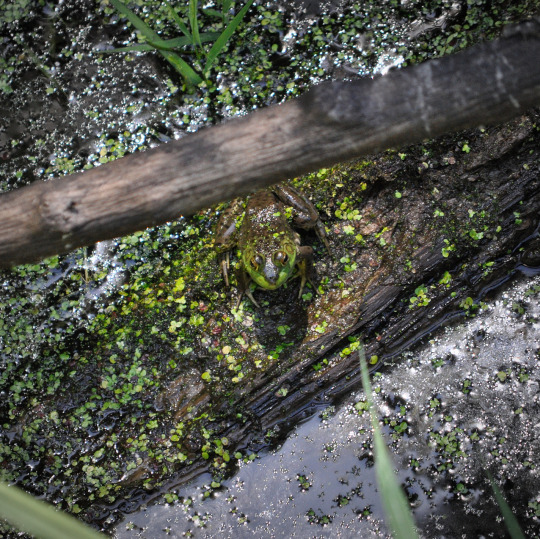
Frog on a log in a bog.
The bull frog, while invasive to the Nisqually delta, is still a delight to behold. Frogs, unlike birds, will hold nice and still for the camera. I watched him for nigh on an hour, and I cherished every minute of it. Except for when I had to steal away into the bush for a piss. Or was that before I spotted him? I think it was.
33 notes
·
View notes
Text
Something lately about the feeling of wetlands. Creeks and streams and woodland swamps. Could absolutely fuck up a big ol swimming hole overgrown with lakeweed and lilypads rn.
#i did not get to swim enough this summer.#coyote speaks#dragonhome#original post#otherkin#dragonkin#therian#otherkin community#therian community#wetland kin#amphibian kin#reptile kin
23 notes
·
View notes
Text




• World Frog Day, 2024 •
✨🍃🪷🐸🪷🍃✨
#worldfrogday#anura#amphibians#frogs#ecosystem#forest#wetland#indigenous flora#riverine#riparian#western cape#nature#nature photography#indicator species#biodiversity#no filter#nature log
8 notes
·
View notes
Text

Lithobates catesbeianus
#frog#american bullfrog#pond#wetland#amphibians#ecology#canada#native species#animal photography#my photos#summer 2023
5 notes
·
View notes
Text
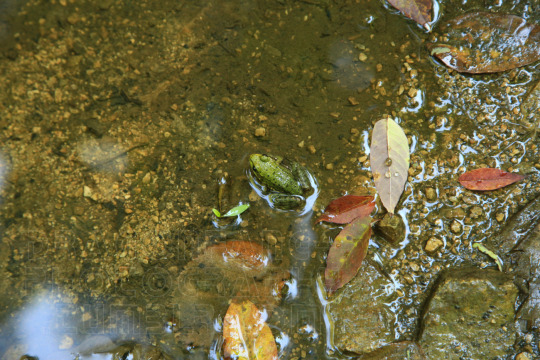
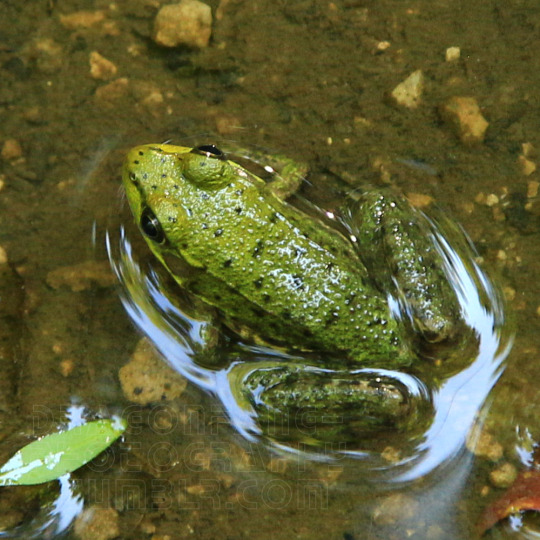
#Bruce Trail#Bognor Marsh#Niagara Escarpment#Bruce Peninsula#Bruce County#Ontario#Canada#hiking#hiking trail#nature#wilderness#outdoors#photography#digital photography#DSLR#Canon 6D#wetland#marsh#frog#amphibian#photographers on Tumblr#2022-09-03
21 notes
·
View notes
Video
6/26/2018 - American Green Tree Frog by Becky Cover
Via Flickr:
Using its green color as an effective camouflage against predators.
#color green#American Green Tree Frog#DeKalb#Newman Wetlands#amphibian#Decatur#GA#United States of America#flickr#becky cover#photographer#nature
29 notes
·
View notes
Text
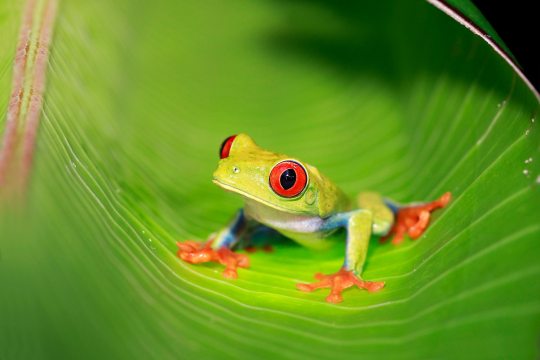


Keep Your Eye on the Red-Eyed Tree Frog
A striking specimen of frog, the red-eyed tree frog (Agalychnis callidryas) is found in the tropical regions of Central and South America, from southern Mexico to northern Columbia. Its primary habitat are rainforests, but they can also be found in wetlands or mangroves- anywhere with abundant water and high humidity.
Though small-- between 4-7 cm (1.57 -2.76 in) long and less than 15 g (0.53 oz)-- the red-eyed tree frog is well known for its bright, distinctive coloration. The body is bright green, with cream bellies and light blue streaks along the sides and hind legs. These features help individuals blend in to the leaves they rest on, while still being able to startle predators with bright colors when threatened. Likewise, the eyes are a vivid red which gives A. callidryas its common name. Even when its eyes are closed, this species has a distinctive look; rather than true eyelids, they have a semi-translucent eyelid called a nictating membrane that allows them to sense when potential predators are approaching.
Adults and juveniles alike face many threats due to their small size. Eggs are a popular food for polybid wasps and snakes, while hatchlings are more commonly predated upon by shrimp and large fish. Mature adults become food for aquatic spiders, snakes, birds, and bats. However, the skin of A. callidryas contains several mild poisons that serve to deter predators through a foul taste. The red-eyed tree frog itself is a nocturnal carnivore, consuming primarily insects and the occasional tadpole. This species spends most of its life in the trees, and rarely descends to the ground.
Red-eyed tree frogs mate during the rainy season, from October to March. Males call loudly to attract females, and wrestle each other for primary access; females are attracted to males with the loudest calls, but must often face a gauntlet of lesser males attempting to mate with her before she can reach her target. Some males may also shake the branches they sit on to detach rival males; this vibration is especially attractive to females. Following successful mating, the female lays about 40 eggs on the underside of a leaf overhanging a small body of water.
Eggs typically hatch 6 or 7 days after being laid, and hatchling drop from the leaf into the water below. A. callidryas spends about 45 days as a tadpole, after which time they emerge from the water and move upwards to begin their lives in the trees. Young red-eyed tree frogs don't become fully mature for another two years in the wild, but may not begin mating for another two years; because they only live about 5 years in the wild, this means that individuals may only mate once or twice in their lifetimes.
Conservation status: Currently the red-eyed tree frog is considered Least Concern by the IUCN. However, populations are decreasing at a rapid rate due to a combination of threats including deforestation, capture for the pet trade, and a highly infectious disease known as chytrid fungus.
If you like what I do, consider leaving a tip or buying me a ko-fi!
Megan Lorenz
Juan Gabriel Abarca
Brian Gratwicke via iNaturalist
#red-eyed tree frog#Anura#Hylidae#tree frogs#frogs#amphibians#tropical fauna#tropical amphibians#tropical rainforests#tropical rainforest amphibians#wetlands#wetland amphibians#central america#south america#biology#zoology#animal facts
83 notes
·
View notes
Text
groundhog day is also world wetlands day?? i missed it :/
3 notes
·
View notes
Text
#MosaicMonday special for #WorldFrogDay:


A frog chilling on a lotus leaf surrounded by curious (hungry?) waterfowl in a Nilotic scene, Roman mosaic from the House of the Faun, Pompeii, 1st century BCE. Museo Archeologico di Napoli collection. [image: Wikimedia Commons]
#ancient art#Roman art#Italian art#European art#Pompeii#mosaic#House of the Faun#Museo Archeologico di Napoli#Nilotic scene#lotus#frog#amphibians#bird#birds in art#waterfowl#ducks#wetlands#Mosaic Monday#World Frog Day#animal holiday#animals in art
11 notes
·
View notes
Text

#Frog#toyblr#photography#figurine#xxlps-opticalxx#2000s toys#toycore#nostalgia#lpsblr#littlest pet shop#lps#wetlands#Frogs#amphiblr#amphibians#frogblr#rocks#Nature#Ribbit#Tree frog
50 notes
·
View notes
Text


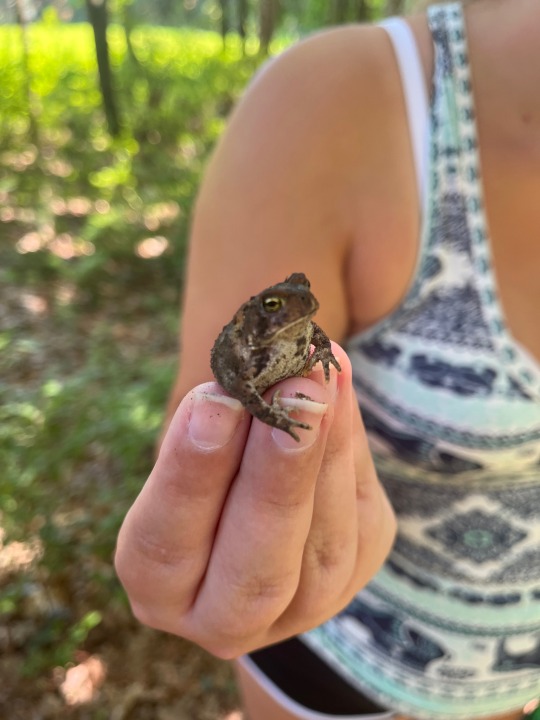



Little toad friends on yesterdays hiking adventure ☺️
#for some reason I’ve been having such a hard time finding them since I moved states#despite the large amounts of wetlands and nature here#toads#toadposting#toadblr#herpblr#hiking#nature#amphibians
29 notes
·
View notes
